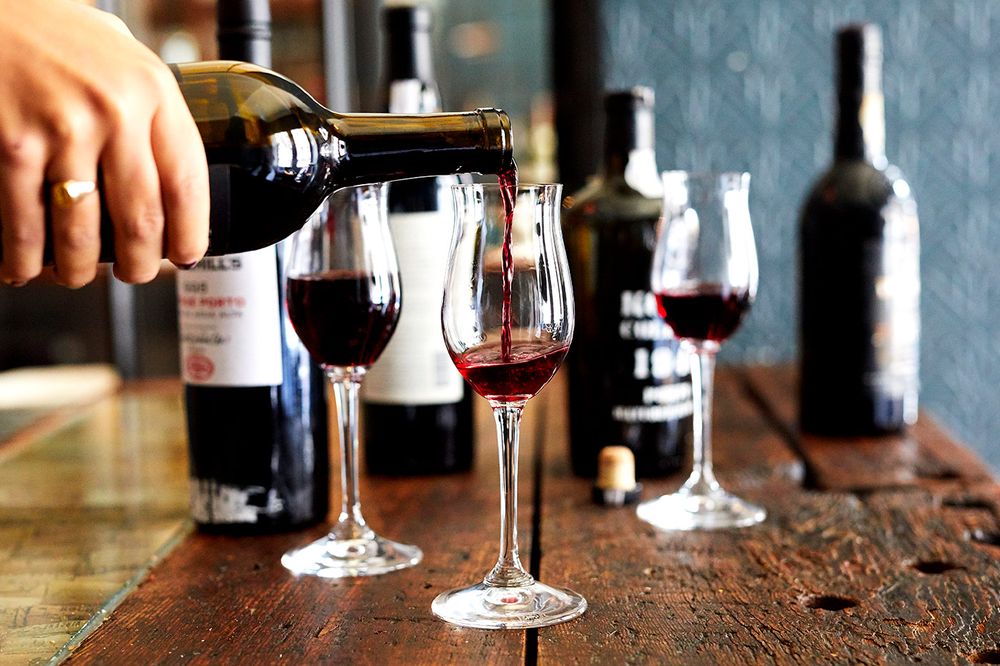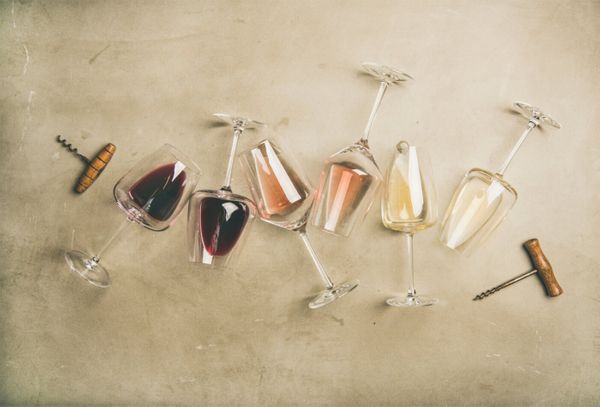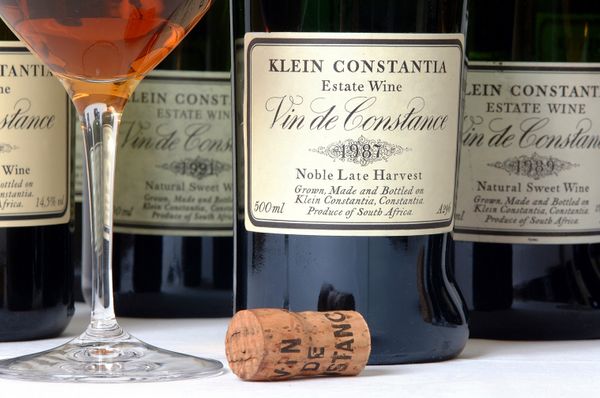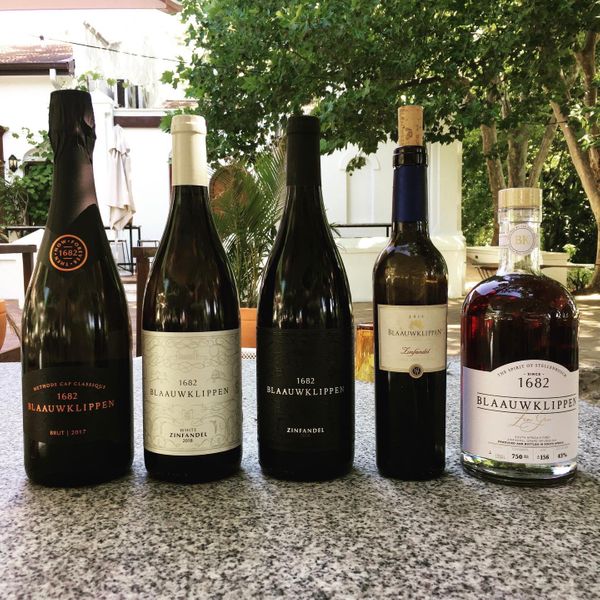Fortified Wine
Today I'd like to give you a brief overview of what fortified wines are and give a short introduction to Sherry and Port.
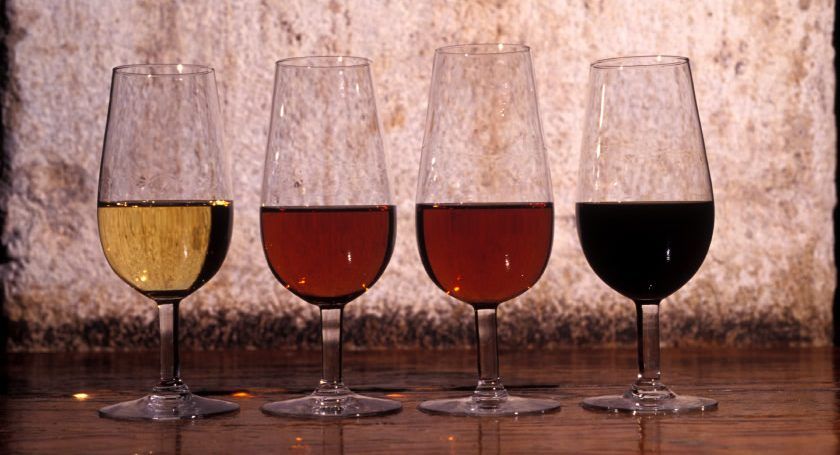
Definition
A fortified wine is any wine where a distilled spirit, usually brandy, is added to the wine; this brings the alcohol content to between 15 and 22 percent. Fortified wines can be sweet or dry, or anything in-between. It can be simple or complex, with flavours ranging from nutty, syrupy and even bitter. The taste and flavours depend on when during the winemaking process fortification is done. But, before we get to the how, why did winemakers start adding extra brandy to regular wines?
History
As trade and sea travel expanded in the 16th and 17th Centuries, a lot of the wines from Europe became spoiled during the long journeys across the seas and oceans of the world. The practice of adding brandy to wine was initially started to stabilise the wines which protected and preserved them on the long sea voyages.
It soon became apparent that these fortified wines were often preferred over the regular still wines, mainly due to the higher alcohol content and the more pronounced and robust flavours and firmer texture of the wines. As a result, a new style of wine was born and fortification has since been used to create these styles of wine instead of preserving the wines as was the case in the olden days.
The process
Although the basic premise of a fortified wine is that a spirit is added to a still wine, these wines can be made in a number of different styles depending on when during the process the spirit is added to the wine.
The two most common styles of fortified wine, Sherry and Port, are great examples of how wines can be fortified by using different processes.
Sherry
I've been doing quite a bit of research into this style of wine, and Port as well, and will write a more in-depth piece on these two in the near future. For now, I'll share a quick overview of the styles of Sherry and how this is made.
If, like me, you are not really familiar with Sherry and your main exposure to this style of wine has been your good old OBS (Old Brown Sherry - or simply Old Brown as it is now known), you might be surprised at the variety and complexity of good Sherry wines.
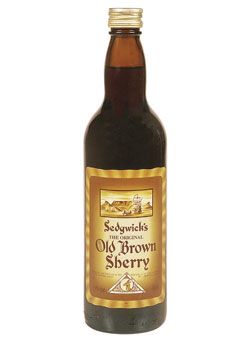
Origin
Sherry is produced in southern Spain, around a town called Jerez de la Frontera, where the wines must be matured within this city's limits or in one of two smaller seaside towns called Sanlúcar de Barrameda and El Puerto de Santa Maria.
Winemaking
Sherry is almost always made from a dry base wine made of Palomino, which is a local white grape variety.
Once fermentation of the base wine has completed, it is fortified by adding alcohol to the wine before it is brought into the solera system.
The solera system consists of a series of old oak barrels that are placed on top of each other. These barrels, or butts as they are more accurately called, are filled with wines of different ages. During ageing, the wines are continuously blended together to ensure a complex style of mature wine. It is in the solera that Sherry develops its very distinctive flavours.
Some styles of Sherry are aged under a layer of yeast called flor, this method is known as biological ageing. When wines are aged biologically, the base wine is fortified to 15% abv before it enters the solera system where a layer of yeast, flor, forms on top of the wine. The layer of flor protects the wine from oxygen. Fino Sherry is made using this method and is known to have aromas of apple, almond, biscuit and bread dough.
Another style of Sherry that is partially made using this method is Amontillado Sherry. This style ages under flor, but is then refortified to 17% abv which kills the flor. Once this process is completed, the wine is aged oxidatively. Amontillado Sherries are known for having flavours of bread dough, biscuit as well as caramel and walnuts.
The third style of dry Sherry is called Oloroso Sherry. This style is made by oxidative ageing and does not involve the use of flor. The base wine for this Sherry is fortified to 17% abv, and is then aged in contact with oxygen (oxidatively). This results in a Sherry with flavours of dried fruits, such as prunes and raisins, as well as walnuts and caramel.
Sweet style Sherries can be naturally sweet, or sweetened by adding PX (Pedro Ximénez) to a dry style Sherry.
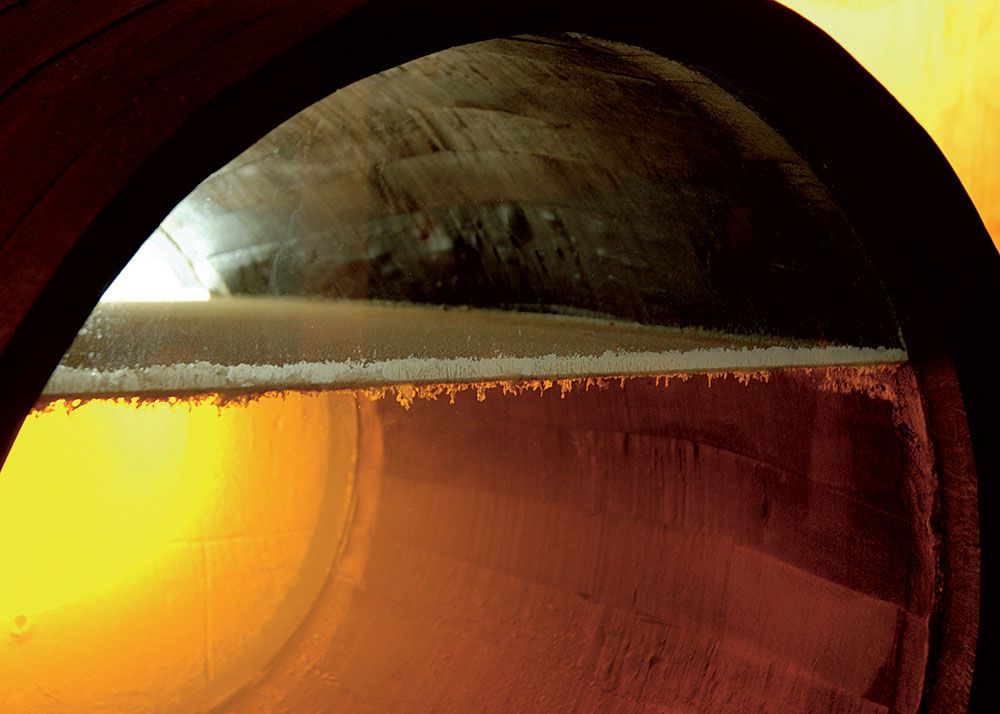
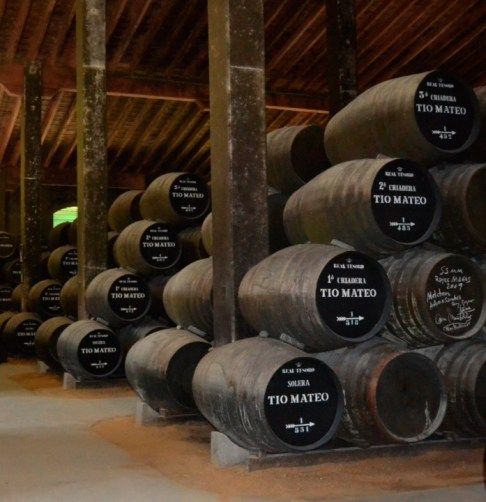
Port
Port is a sweet style fortified wine originating in Portugal. Port is produced from grapes grown in the Upper Douro and is then, traditionally, aged in the twin coastal cities of Porto and Vila Nova de Gaia.
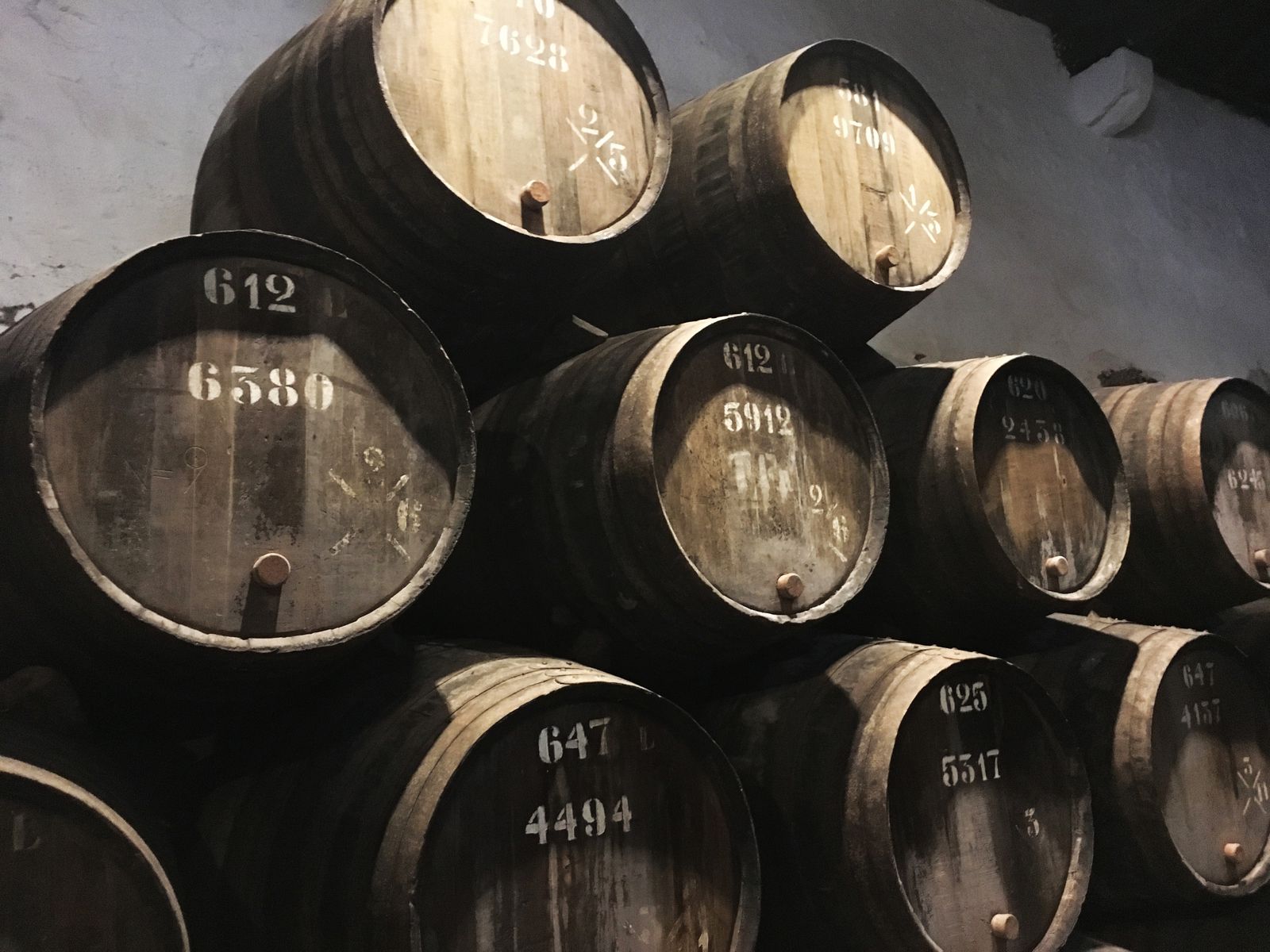
Origin
As we've read earlier, fortification of wines became popular in the 16th and 17th Centuries. It was, however, only during the latter part of the 18th century that the practice of adding brandy to wines during fermentation became popular. The act of stopping the fermentation resulted in wines that were sweeter, stronger, more aromatic and of greater appeal to the English consumer
Winemaking
All Ports follow the same basic process. The first step in making Port, is to rapidly extract as much tannin and colour from the skins before fermentation starts. Traditionally this was done by foot treading, but nowadays machines that mimic this action is more commonly used for the extraction. After extraction the wines are allowed to ferment for a period of time before the fermentation is halted by adding grape spirit. The fortification kills the yeast, which stops the fermentation and produces a sweet wine that is high in alcohol. The wine is then matured for a further period of time, before blending and bottling is done.
Well, wow. That was a lot to process, and it is not even the tip of the proverbial iceberg when it comes to Port and Sherry. I hope that you enjoyed this and that you are looking forward to the next posts on Sherry and Port.
Thank you for reading! If you would like to receive these articles in your inbox, click on the subscribe button and send me your email address.
Follow The Wine Dream on Instagram for more photos and tasting notes. 🍷

